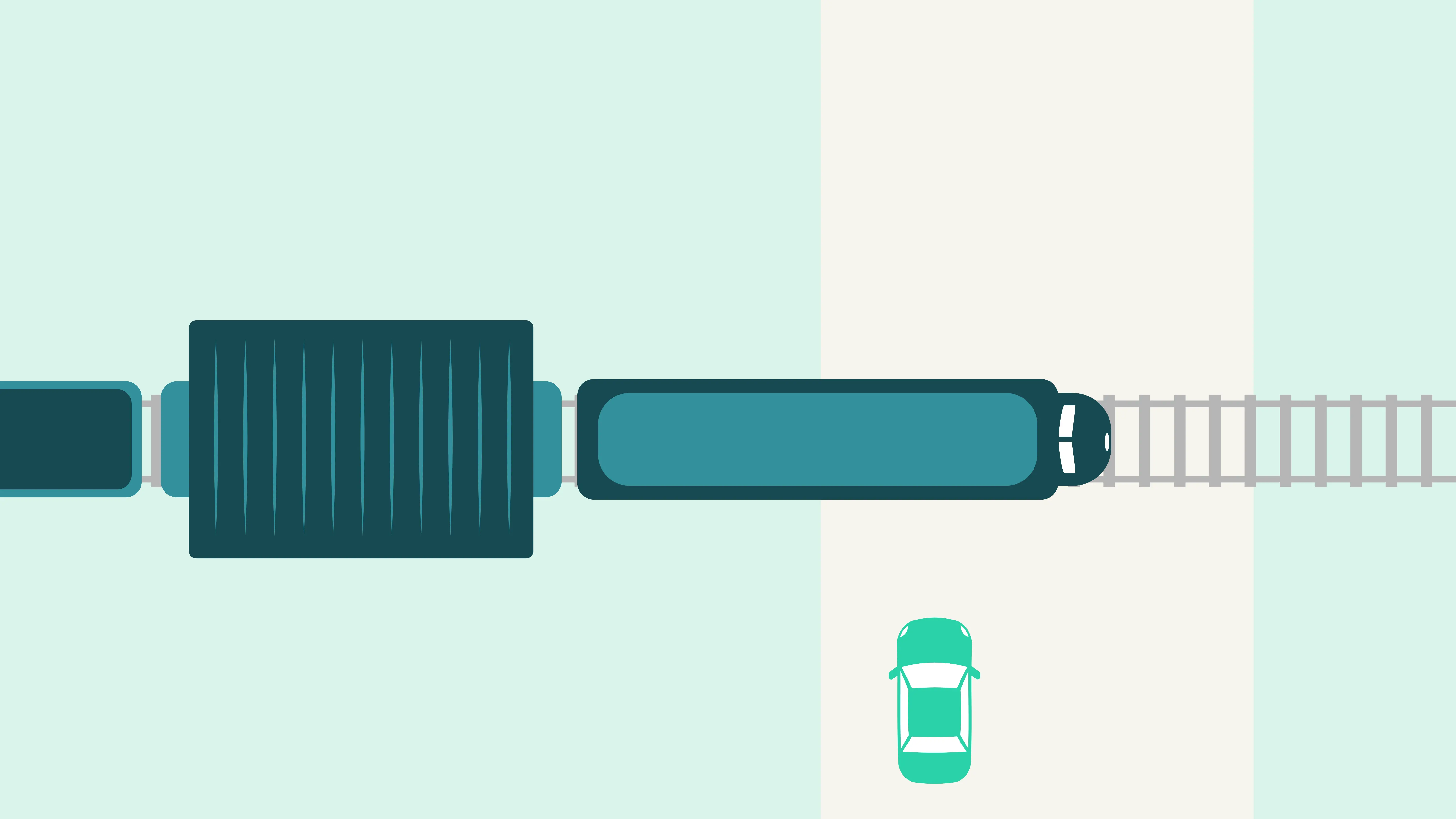Published on

https://youtu.be/XTJ_ArkH9H4
Did you know that it can take over a mile for a train to come to a complete stop? Train conductors take special care to watch out for hazards—such as stopped or stalled vehicles—on the tracks, but due to their size, it’s impossible for trains to come to a complete, immediate stop. Even if a conductor is able to quickly respond to an emergency, it may not be enough time to avoid a collision if an Oversize Load becomes stuck on the tracks.
Collisions between trains and Oversize Loads are more common than you think. If your permitted route takes you over railroad tracks, including urban light rail crossings, your team will need to assess them and plan ahead in order to stay safe. You must take special care to ensure the load does not get stuck on the tracks, and you must know what to do if it does.
When transporting an Oversize Load over railroad tracks, it’s crucial that you:
Every Oversize Load move begins with a route survey. Before beginning any Oversize Load move, you should familiarize yourself with this document. It provides a detailed breakdown of the planned route, complete with images, maps, notes, and descriptions of all hazards and restrictions, including railroad crossings. Although somebody else is usually responsible for preparing the route survey, it is every member of your team’s responsibility to know what’s on it.

Pay attention to the following:
The route survey should also include numbers for emergency railroad notification, as well as any instructions provided by the railroad. Most railroad crossings also have signs posted that include pertinent contact information. In some cases, railroads must be notified in advance if a permitted load will be going over a crossing.
Violations at railroad crossings are subject to fines and driver disqualifications.

Pay attention to any potential obstructions when crossing the tracks. There may be instances (such as when there is uneven terrain) where the front of the load is able to pass under the obstruction, but the rear of the load is still at risk of striking it—or, it may be at risk of scraping the ground. Use extra caution in places with sharp dips or inclines.

Urban light rail systems present special problems, especially if they are operated as street-level trolleys with overhead cables. You must ensure that you do not block tracks, enter an intersection when a train or trolley is approaching, or hit an overhead cable.
Even with advance planning, a load may become stuck on the tracks during a railroad crossing. If this happens, the first thing you should do is get out of the vehicle and off the tracks immediately.

If the load is in imminent danger of being hit by a train, the team should immediately exit their vehicles and run away from the tracks at a 45-degree angle, opposite to the direction that the train is moving. This will reduce the chances that anyone will be hit by debris from the crash.
Once you’re a safe distance away from the tracks, you should:
Share this article

Evergreen Safety Council is proud to be endorsed by the American Association of Safety Councils and Specialized Carriers and Rigging Association.
We offer online, in-person, and private group training for each of our programs.
Choose an option below to get help with a class or a certification.
Need a new certification card? Fill out this form to request a replacement.
Download your materials, get help with your tech, or find out what you need to complete before the day of class.
Minimize downtime, disruption, and expense by having one of our experienced instructors train your staff, at your facility.
View our growing library of informative safety articles.
You have questions, we have answers. View commonly asked questions here.
Access your account page on our registration system or training portal.
Since 1932, we’ve been empowering people to achieve their potential by training them to stay safe on the road and on the job.